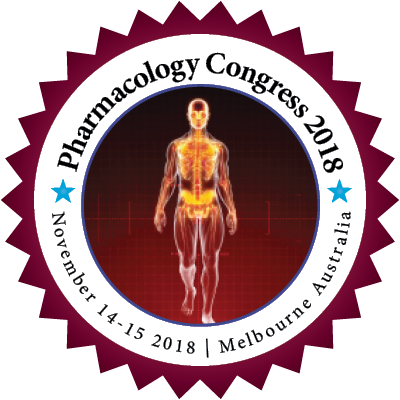
Michele Visentin
University Hospital Zurich, Switzerland
Title: Colistin induces mitochondrial membrane potential depolarization by inhibiting the Adenosine Nucleotide Translocase (ANT)
Biography
Biography: Michele Visentin
Abstract
Background: Colistin is a member of the polymyxin family, a class of fatty acyl peptide antibiotics isolated from different species of Bacillus polymyxa seventy years ago. Colistin was gradually discontinued from clinical practice due to the high incidence of nephrotoxicity, however, the emergence of Multidrug-resistant (MDR) have made colistin the main option of the last decade for the treatment of MDR gram-negative bacterial infections. Colistin administration remains extremely challenging due to the high incidence of nephrotoxicity even when the target concentration would only be associated with bactericidal activity for organisms at the lower end of the susceptibility range. The mechanism behind colistin-induced nephrotoxicity is unknown. Mice exposed to colistin for a week showed sign of mitochondrial stress at the kidney cortex level.
Aim: This work aims to study the mechanism underlying colistin-induced mitochondrial dysfunction.
Results: Primary cultured proximal tubule cells exposed to colistin for 48h showed reduction of rhodamine123 accumulation in mitochondria, indicating mitochondrial membrane potential depolarization. Freshly isolated mitochondria from mouse kidney experienced a rapid, dose-dependent, depolarization, in presence of colistin, suggesting that mitochondrial damage was a primary effect of colistin. Isolated mitochondria were fully protected from colistin-induced membrane depolarization by co-incubation with ADP, and only partially protected by cyclosporine A, suggesting that colistin induced mitochondrial membrane depolarization by inducing the opening of the mitochondrial permeability transition pore (MPTP). Activated free fatty acids (e.g. palmitoyl-CoA) inhibit the adenosine nucleotide translocase (ANT) and induce the MPTP opening. As colistin contains a fatty acid chain (C7), the effect of colistin on the mitochondrial uptake of radiolabelled nucleotides was assessed (cis-inhibition assay). Colistin was able to reduce the [3H]ATP uptake in isolated mitochondria and an IC50 was computed to be 2.2 mM (95% CI 0.9 to 5.4).
Conclusions: Colistin induced mitochondrial membrane depolarization by inhibiting the adenosine nucleotide translocase (ANT) and, in turn, inducing the MPTP opening.

